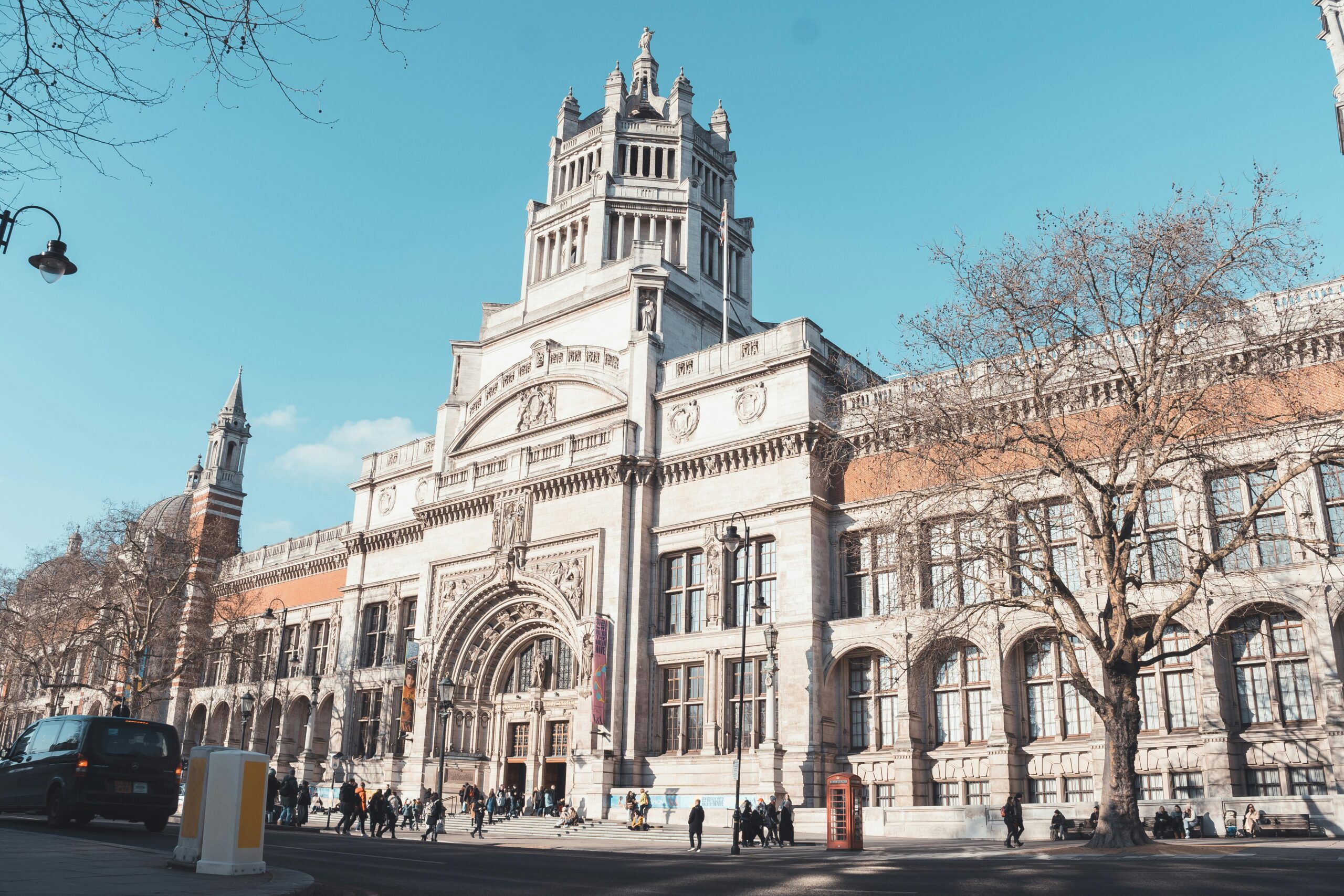Immigrating to a new country is a big decision that requires careful planning and consideration of many factors. Determining the optimal timing can help smooth your transition and set you up for success in your new home. We will consider the pros and cons of the Best Time to Immigrate Abroad: Canada, the United Kingdom, and the United States so you can make the most informed choice.
[ez-toc]Canada Immigration by Season
Canada welcomes immigrants throughout the year, but some seasons are better than others, depending on your situation and goals. Let’s examine the key things to know about timing your move to Canada.
Spring (March-May)
Many new immigrants find spring to be one of the best times to arrive. The weather is milder and warmer than winter but cooler than summer. Spring marks the beginning of a new school/academic year, so it’s easier to get children enrolled. Housing availability tends to be greater as leases turn over. You’ll have several months to get acclimated before the busy holiday season arrives. Overall, spring provides a gentle transition into Canadian life.
Summer (June-August)
Summer brings nice weather for exploring your new home country. However, it’s a busy time with many locals and students traveling. Housing may be more limited and expensive as vacation rentals come online. Schools and government offices also have smaller staffs. You’ll want to have permanent housing and transportation set up in advance since temporary housing options are limited during peak tourist season. Summer can work well for those not transferring children or jobs immediately.
Fall (September-November)
Similar to spring, fall is milder weather-wise than winter. It marks the start of a new school year, so children can enroll seamlessly. Fewer travelers mean more housing availability and affordable prices. You’ll have time to settle in before the holiday rush. However, the shortening daylight hours may exacerbate any feelings of loneliness or isolation after a big move. Make a plan to join local clubs or activities. Overall, fall is a good mid-year option.
Winter (December-February)
Winter brings cold weather, snow, and shorter days depending on your region of Canada. However, it can be a strategic time to arrive if you’ve lined up a job starting in January. Housing tends to be most plentiful and affordable during winter months as fewer tourists are around. You’ll miss the back-to-school bustle, but have the new year ahead to focus on acclimating. Be prepared for winter gear and activities to combat potential seasonal affective disorder or cabin fever.
So, in summary, spring and fall are usually ideal times for smoother immigration transitions thanks to mild weather and opportunities to get children in school. But winter can work well, too, if you’ve planned thoroughly and found affordable housing.
United Kingdom Immigration by Season
Like Canada, no single season stands out as definitively “best” or “worst” for UK immigration. Various factors influence the advantages and challenges of each period.
Spring (March-May)
Springtime in the UK brings a slow thaw from the winter chill, along with budding flowers and new growth. As with Canada, it marks the start of the school year in April, easing children into British classrooms. Rental flats have a higher turnover after winter leases end. You’ll also have time to adjust before summer popularity picks up. However, spring precipitation remains frequent, as does a risk of late winter storms.
Summer (June-August)
Summertime in the UK means longer days, warmer weather for sightseeing, and a festive atmosphere. Major events like Wimbledon and summer festivals engage locals and travelers alike. However, this is also the UK’s peak tourism season, making rentals scarce and expensive. Areas like London see major congestion. Though nice weather prevails, summer immigration means settling in amid busier conditions.
Fall (September-November)
Fall brings a mellowing of summer crowds along with colorful foliage and harvest festivals. School starts up once more in early September. Rental prices may dip after summer ends. However, daylight hours grow noticeably shorter by late fall, potentially exacerbating sadness or isolation for newcomers. Weather also transitions chillier by November. You’ll want to have housing, jobs, and community connections secured in advance.
Winter (December-February)
Winter days feature possible snow, cold temperatures, and darkness in the northern UK. Holiday festivities buoy spirits, but rental selection dwindles as tourism drops off through early 2023. Jobs may be harder to come by. However, shorter-term leases end, opening housing options if you’re willing to arrive in the depths of winter. With advance planning and the right attitude, embracing winter can work.
Overall, late spring or early fall may offer the most comfortable transitions for UK immigration, given temperatures, daylight, and life rhythms. Summer brings challenges, while winter requires extra preparation. Flexibility is key, depending on your situation.
Immigration to the United States
When relocating to the USA, variables like climate, housing, jobs, and regional culture all factor into your optimal timing. Each season confers unique advantages and hurdles.
Spring (March-May)
Spring heralds warmer days and budding nature after winter across most of the Continental U.S. Major cities see higher rental turnover as leases end. However, spring also brings unpredictable weather, like late snowstorms in northern regions and severe thunderstorms further south. Pollen allergies may soon flare up. Housing demand rises as the busy season approaches.
Summer (June-August)
Summer means hot, humid weather in much of the country, alongside vacations and holiday activities. Finding temporary housing near tourist sites proves tough and pricey. Some businesses slow or seasonally furlough staff. However, long daylight hours allow plenty of time to explore outdoors. Southern relocations, in particular, demand resilient choices like dependable cooling, sun protection, and hydration strategies.
Fall (September-November)
Autumn ushers in a slower pace following summer’s bustle with cooler temperatures arriving in northern states. Kids return to school, freeing up temporary rentals. However, hurricane season remains active through November while wildfires threaten Western regions. Finding work or leases may prove harder as positions fill up for the year. Adjusting to a major move during these transitional months requires resilience.
Winter (December-February)
Winter weather varies intensely by region. Snowy Northern areas see limiting cold while mild temperatures persist further South. Holiday times bring festive activities nationwide. However, northern relocations demand decisive preparations against potential blizzards, ice, or power outages. Shortened daylight discourages outdoor activities from settling in. Adventurous personalities fare best, embracing winter’s challenges.
Overall, spring or fall generally offer a milder acclimation to the USA thanks to more temperate weather and amenities remaining open country-wide. Choosing summer or winter requires extra strategic planning according to your destination climate. Flexible relocations at any time can succeed with thorough preparations.
With the extensive nuances of each region, timing should consider practical seasonal factors alongside your larger life goals and circumstances. Now that we’ve covered the main seasons, here are some common questions newcomers may have:
FAQs about the Best Time to Immigrate
1. How do school calendars impact timing?
School enrollment dates heavily influence ideal immigration periods across Canada, the UK, and the USA. Key considerations:
- Canada: School years generally run from September to June. Public schools enroll new students throughout the year, but September eases the transition.
- UK: School terms commence in early September and last until late July. Enrolling in September aligns children with English peers.
- USA: Most schools operate from August/September to May/June. September placement allows a full-term adjustment without interruption.
For families, arriving in late summer facilitates smoother integration into the local academic system without disruption. Private tutoring may fill gaps for deferred enrollments.
2. What about weather and climate preferences?
Personal weather tolerances matter too, when choosing a relocation window. Consider:
- Warm climate seekers: Avoid northern winters by immigrating spring through fall.
- Outdoor enthusiasts: Fall provides mild conditions across regions though northern areas cool quickly.
- Snowbirds: Timing a winter move means embracing potential snow/ice activities in colder zones.
- Mild preference: Spring or fall generally brings the most comfortable in-between temperatures nationwide.
Always research your destination’s seasonal norms to align expectations and preparations accordingly. Microclimates vary considerably too.
3. How does the job market impact timing?
Employment availability strongly influences practical immigration periods:
- Canada/UK: Major industries remain active year-round in most regions. No definitive “off-season.”
- USA: Summer sees seasonal/tourism work spikes. Northern climates face winter slowdowns in industries like construction.
- Overall: Spring and fall tend to offer an optimal balance between job availability and lifestyle factors. Connect with companies in advance when possible.
4. Does housing availability vary seasonally?
Seasonal fluctuations in short-term and long-term housing options prove noteworthy:
- Spring/summer/fall: Rental selection peaks as leases expire, but prices climb. Vacation rentals also appear, constraining long-term options.
- Winter: Fewer short-term rentals are listed, increasing long-term housing availability, albeit at lower prices. Flexible short-term accommodation may prove tougher to locate.
Overall, the tradeoff is busier springs/falls with peak selection balanced by inflated prices versus cheaper and more abundant wintertime housing, albeit with limited short lets. Planning ahead helps secure suitable shelters.
5. How can I best prepare for seasonal challenges?
Proper preparation alleviates stress from transitional difficulties across any entry timeframe. Consider these strategies:
- Lining up jobs, schools, and healthcare in advance of arrival.
- Storing winter weather gear before frigid seasons set in.
- Opening bank accounts and getting IDs and licenses upon arrival.
- Joining local community groups and activity networks.
- Researching seasonal affective disorder treatments if vulnerable.
- Stocking seasonal sickness medicines and supplies.
- Securing short-term accommodation until permanent housing is found.
- Having ample financial and informational support in place.
Taking a methodical, layered approach best sets newcomers up for success, no matter the timing. Adaptability and community ties also ease adjustments in the long term.




